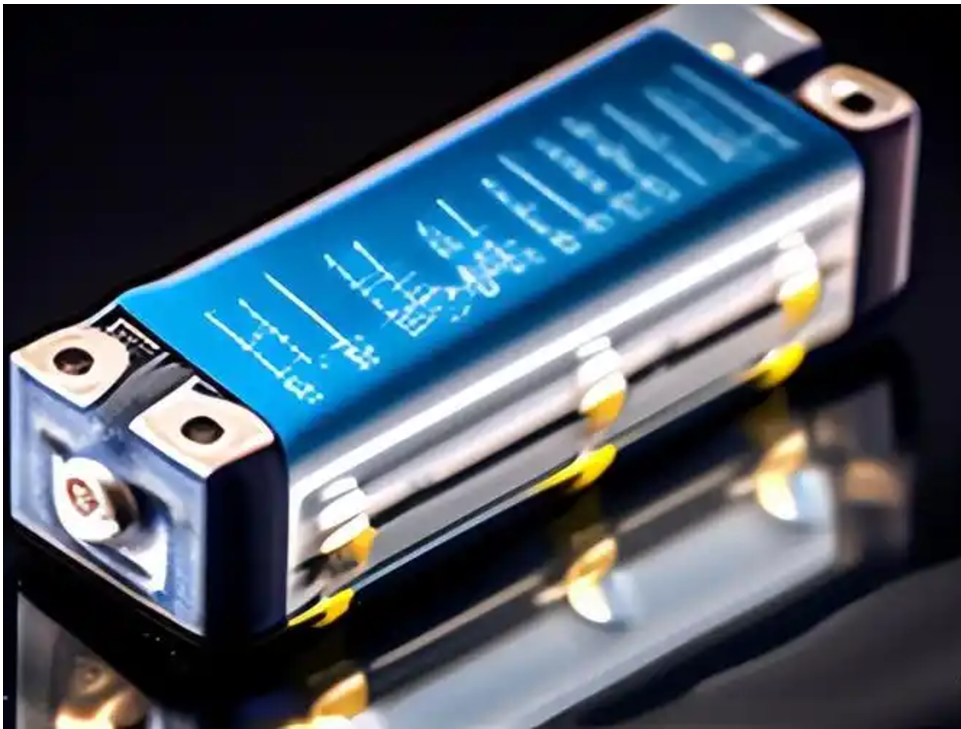High-Capacity Lithium-Ion Battery Innovation: Advancements and Breakthroughs in Carbon-Based Anode Materials
Lithium-ion batteries (LIBs) have revolutionized energy storage for electric vehicles (EVs), portable electronics, and renewable energy systems. However, as demand grows for higher energy density, faster charging, and longer life cycles, traditional graphite anodes face limitations in meeting these needs. Carbon-based materials, including graphene, carbon nanotubes (CNTs), and hybrid composites, are driving a new wave of innovations in anode design, addressing these challenges and unlocking the potential for next-generation high-capacity LIBs.

This article explores the limitations of conventional anode materials, the unique properties of advanced carbon-based materials, and their impact on improving the capacity, performance, and sustainability of lithium-ion batteries.
1. Challenges with Conventional Anode Materials
1.1 Capacity Limitations of Graphite
Graphite, the most widely used anode material, has a theoretical capacity of 372 mAh/g due to its limited ability to intercalate lithium ions. This constraint restricts the overall energy density of the battery.
1.2 Lithium Plating Risks
At high charging rates, graphite anodes are prone to lithium plating, which reduces capacity and increases the risk of dendrite formation, leading to safety concerns.
1.3 Structural Degradation
Prolonged cycling causes structural changes in graphite, including cracking and delamination, which compromise its long-term stability.
1.4 Environmental Concerns
The mining and purification of natural graphite have significant environmental impacts, driving the search for more sustainable alternatives.
2. Advancements in Carbon-Based Anode Materials
2.1 Graphene
Unique Properties
Graphene, a single layer of carbon atoms arranged in a two-dimensional honeycomb lattice, exhibits exceptional conductivity, mechanical strength, and surface area.
- High Theoretical Capacity: Graphene anodes can theoretically achieve capacities up to 540 mAh/g by accommodating lithium ions on both sides of its single-layer structure.
- Fast Charging: The high electron mobility of graphene reduces resistance and accelerates charge-discharge rates.
- Durability: Graphene’s flexibility minimizes structural damage during cycling.
Example
A study by Samsung demonstrated that graphene-coated anodes achieved a 45% improvement in capacity retention compared to graphite at fast charging rates.
Challenges
- High production costs and scalability issues limit the widespread adoption of graphene-based anodes.
2.2 Carbon Nanotubes (CNTs)
Unique Properties
CNTs are hollow cylinders of carbon atoms with extraordinary electrical and mechanical properties.
- Enhanced Conductivity: CNTs create conductive networks within the anode, reducing internal resistance.
- Improved Ion Transport: Their porous structure facilitates faster lithium-ion diffusion, enabling higher charging rates.
- Mechanical Strength: CNTs reinforce the anode, preventing cracking and improving cycling stability.
Example
A Chinese battery manufacturer incorporated CNTs into anode composites, achieving a 30% increase in energy density while maintaining capacity over 1,000 cycles.
Challenges
- Uniform dispersion of CNTs in anode materials requires advanced processing techniques.
2.3 Hybrid Carbon Materials
Combining different carbon materials leverages their complementary properties to enhance anode performance.
- Graphene-CNT Hybrids: These composites combine graphene’s high capacity with CNTs’ conductivity and structural support.
- Graphene-Carbon Black: This mixture improves electrode conductivity and reduces costs, offering a balance between performance and affordability.
Example
A European research team developed graphene-CNT hybrid anodes that exhibited a 50% increase in energy density and superior fast-charging capability compared to conventional graphite.
2.4 Other Carbon-Based Materials
Hard Carbons
Hard carbons, characterized by their disordered structure, offer higher lithium storage capacity and are suitable for applications such as sodium-ion batteries.
Soft Carbons
Soft carbons provide a balance between high capacity and cost-efficiency, making them ideal for mass-market applications.
3. Impact of Carbon-Based Materials on Anode Performance
3.1 Higher Energy Density
Advanced carbon materials increase the amount of lithium ions stored in the anode, significantly boosting energy density. For example, graphene-based anodes have shown capacities exceeding 500 mAh/g in laboratory settings.
3.2 Faster Charging
The high conductivity of carbon materials reduces charge-transfer resistance, enabling faster charging without compromising safety.
3.3 Longer Cycle Life
Carbon materials with superior mechanical strength and flexibility enhance the anode’s structural stability, extending battery life even under high-stress conditions.
3.4 Enhanced Safety
By minimizing lithium plating and thermal degradation, carbon-based anodes reduce the risk of short circuits and thermal runaway.
4. Case Studies and Applications
4.1 Electric Vehicles (EVs)
Carbon-based anodes are enabling the development of high-performance EV batteries with longer ranges, faster charging, and improved safety.
- Tesla has reportedly explored graphene-enhanced anodes to achieve a 20% improvement in energy density for next-generation vehicles.
4.2 Consumer Electronics
Graphene and CNT-based anodes are being tested in smartphones and laptops, offering longer battery life and faster charging capabilities.
- A leading electronics manufacturer integrated CNT composites into smartphone batteries, achieving a 50% reduction in charging time.
4.3 Aerospace and Defense
Lightweight, high-capacity carbon anodes are critical for drones and satellites, where weight and energy efficiency are paramount.
4.4 Grid Storage
Hybrid carbon materials are being used in grid-scale batteries for renewable energy storage, ensuring consistent performance under high cycling conditions.
5. Challenges and Future Directions
5.1 Cost and Scalability
The high cost of producing advanced carbon materials, such as graphene and CNTs, remains a major barrier. Research into scalable production methods, such as chemical vapor deposition (CVD) and sustainable raw materials, is crucial.
5.2 Compatibility with Electrolytes
Developing carbon materials that are compatible with advanced electrolytes, including solid-state and ionic liquid electrolytes, is key to unlocking their full potential.
5.3 Environmental Sustainability
Recycling and reusing carbon materials from spent batteries can reduce costs and environmental impact, contributing to a circular economy.
Conclusion
Carbon-based materials are driving transformative advancements in lithium-ion battery technology, particularly in the development of high-capacity anodes. Graphene, CNTs, and hybrid composites address the limitations of traditional graphite by offering superior energy density, faster charging, longer cycle life, and enhanced safety. While challenges remain in cost and scalability, continued innovation and industrial collaboration are paving the way for widespread adoption. As these materials transition from laboratory research to commercial applications, they promise to redefine the future of high-performance energy storage, enabling progress in electric vehicles, renewable energy, and beyond.

